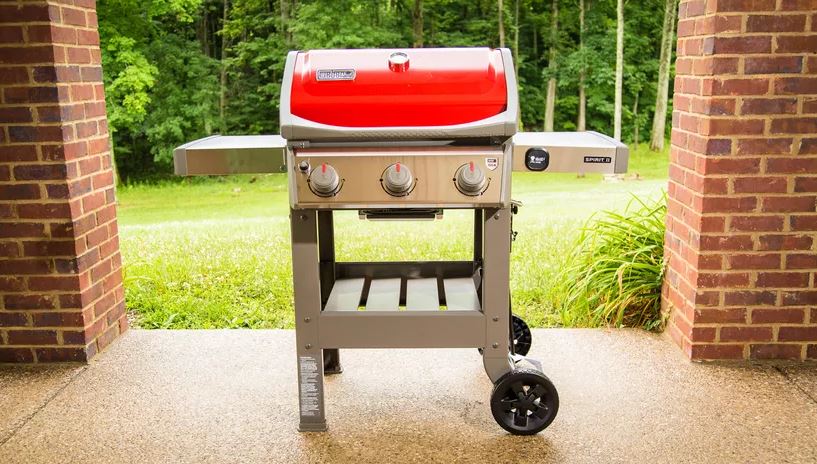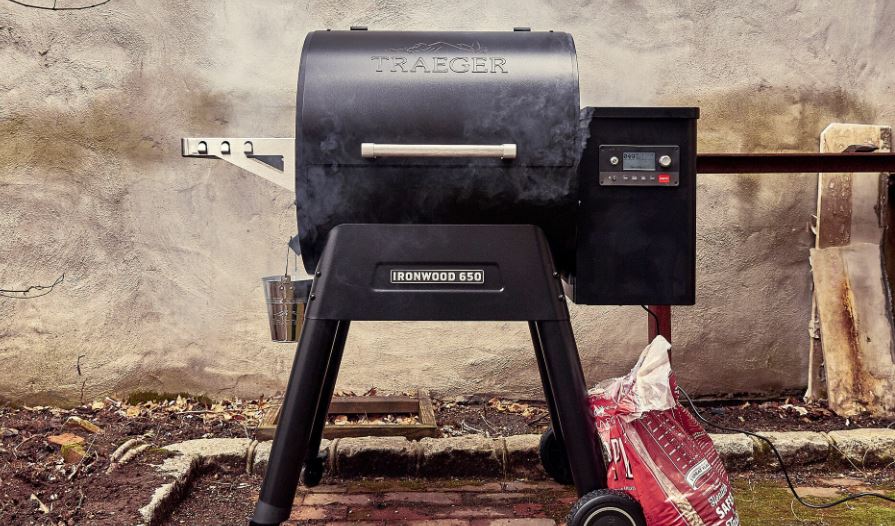When it really comes to cooking, there are two major ways. Directly and indirectly.
Knowing how they differ is important. These two methods don’t have much to do with the kinds of gas grills that you use or the food you are cooking, but they have everything to do with the thickness and size of what you are cooking.

Knowing the right method for your recipe is very important for an aspiring expert griller. For this reason, we bring to you the difference between direct and indirect cooking on gas grills.
Direct Cooking
The most simple and basic way for cooking something is through direct cooking. The food is simply cooked or grilled over direct heat. However, there is one common variation to this method: the lid. You can cook with the top either up or down.
This type of cooking has been used for centuries and is one of the oldest methods of cooking. It can be done with nothing but a portion of meat, some fire, and a stick. It exposes the food directly to high temperatures.
We now have devices that have lids with them. It is this top which decides whether the food should be baked or grilled. When and if you close the top, you trap the heat inside which cooks the food faster and all to the very center.
To explain the lid function further, imagine you are cooking a portion of meat on a pan. The pan is using heat directly on the burner. The meat is cooking because of the direct contact of the pan. When you place the lid on top, you trap the heat and that makes the meat cook faster because the top and sides were also cooked.
Now do the same without the lid. The heat does not get trapped and the meat cooks slower this time, cooking only the part that is directly in contact with the pan.
This same principle is applied to grilling. When and if the lid is open, the heat will cook the bottom of the food, but when the lid is closed, the trapped heat will cook the top and sides too along with the bottom.
Of course, you will still have to turn your food over to have them evenly cooked on all sides. With the top down, you minimize the time it takes to cook and the center is cooked faster as compared to when the top is up.
Anything that is cooked with direct cooking should be less than 2 inches in thickness. The most common food being cooked directly is steaks, fish fillets, etc.
If you have to choose between the lid up or down, go with the lid down as it will minimize the time and make the food cook fast. The only time you should go for the lid up is when the item needs a lot of cooking and is at risk of overcooking.
See also: How to Choose the Right Grill for Your Cooking Style
Indirect Cooking
Indirect cooking is more alike to baking than it is to grilling. This method involves that the fire from the griller being off for the area where the cooking will be done. On a gas grill, have the burners turned on only on one half of the grill. This heats one side. You then place the food that you want to grill on the side that is unheated and put the lid down. The radiant and convection heat will cook the food. As the food is not exposed to direct heat from the burners, it will be cooked evenly and will be less likely to burn on the exposed side. This also means the food will cook slower.
There are many options when it comes to igniting a fire but you may be limited using a gas grill. So what to do if you have a not-so-big gas grill with one burner only? One tool you can use for indirect cooking is a drip pan. The pan is put under the cooking grill where you decide to cook. The pan turns away the heat and makes a space for you to cook the food indirectly over the gas grill. Another benefit of using a drip pan is it catches the drippings of the food helping you to keep your grill spotless.
You can indirectly cook all things that burn on the outside before they get cooked to the center. This even goes for very thick meat.
See also: 10 Best Portable & Natural Gas Grills (For Home)
I hope I was able to help you in understanding the difference between direct and indirect cooking. You can always use a combination of both. That means searing the food in high heat first and then finishing it off slowly with indirect heat.



